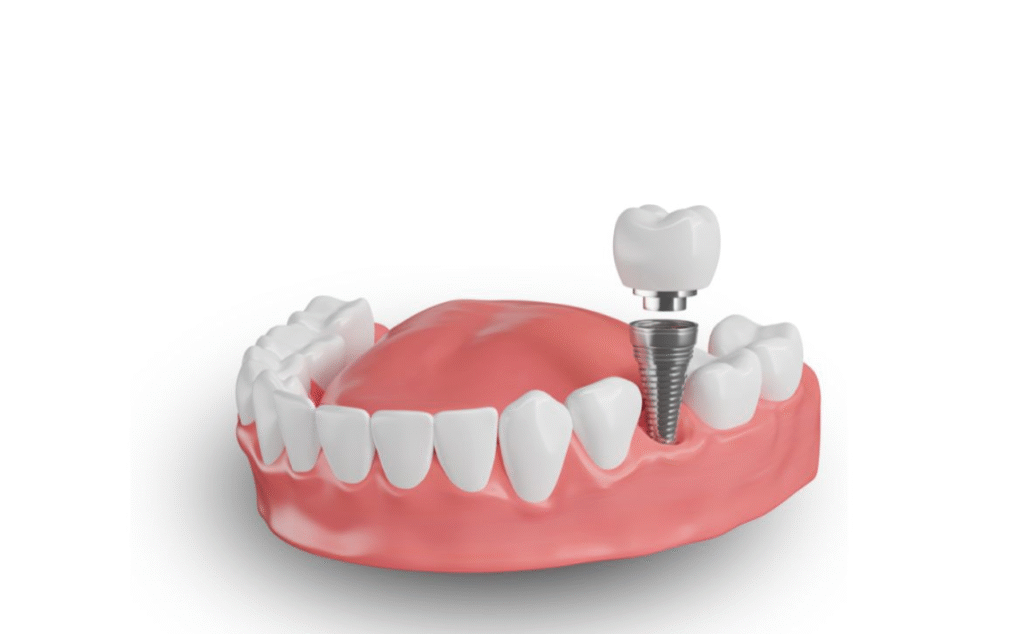Dental implants are an increasingly popular solution for replacing missing teeth, offering stability, durability, and a natural appearance. However, patients with gum disease often wonder whether they can safely receive implants. The answer is nuanced: while gum disease does not automatically disqualify someone from implant treatment, it must be carefully managed to ensure long-term success. https://ddsdentalimplants.com/.

Understanding Gum Disease and Its Impact
Gum disease, also known as periodontal disease, is a chronic bacterial infection that affects the gums and supporting bone structures of the teeth. It ranges from mild gingivitis, which causes redness and bleeding of the gums, to advanced periodontitis, where the infection can destroy bone and connective tissue. Because dental implants rely on healthy bone for support, untreated gum disease can compromise the success of the implant.
Patients with active gum disease are at higher risk of implant failure. Infection around the implant, known as peri-implantitis, can lead to bone loss and implant loosening. Therefore, dentists generally recommend treating gum disease thoroughly before proceeding with implant surgery.
Pre-Implant Treatment for Gum Disease
The first step for patients with gum disease who are considering implants is a comprehensive periodontal evaluation. This assessment identifies the severity of the infection and determines whether bone loss has occurred. Treatment typically involves deep cleaning procedures, such as scaling and root planing, to remove plaque and tartar buildup beneath the gum line. In more severe cases, surgical interventions may be required to restore gum and bone health.
Maintaining optimal oral hygiene is crucial both before and after implant placement. Patients are encouraged to brush and floss regularly and attend professional cleanings to keep bacterial levels low. Some dentists may also prescribe antimicrobial mouth rinses or antibiotics to ensure the gums and bone are infection-free prior to implant surgery.
Timing and Implant Placement
Once gum disease is under control and the gums and bone are healthy, dental implants can be considered. In some cases, bone grafting may be necessary if periodontal disease has caused significant bone loss. Implants are then carefully placed into the jawbone, where they integrate over several months in a process called osseointegration. Regular follow-ups ensure the implant is healing properly and that the surrounding tissues remain healthy.
Long-Term Success and Maintenance
Patients with a history of gum disease must remain vigilant after receiving dental implants. Regular dental check-ups, professional cleanings, and diligent home care are critical to prevent future infections. Early intervention in case of gum inflammation can prevent complications and prolong the lifespan of the implants.
Conclusion
In summary, having gum disease does not automatically rule out dental implants, but it does require careful evaluation and treatment. Controlling the infection, restoring gum and bone health, and maintaining rigorous oral hygiene are essential steps to ensure successful implant placement. For more information on dental implants and their suitability for patients with gum disease, visit ddsdentalimplants.com.
Dental implants can provide a long-lasting, natural solution for missing teeth—but only when the foundation, your gums and bone, is healthy and strong. Can you get an implant immediately after tooth extraction?